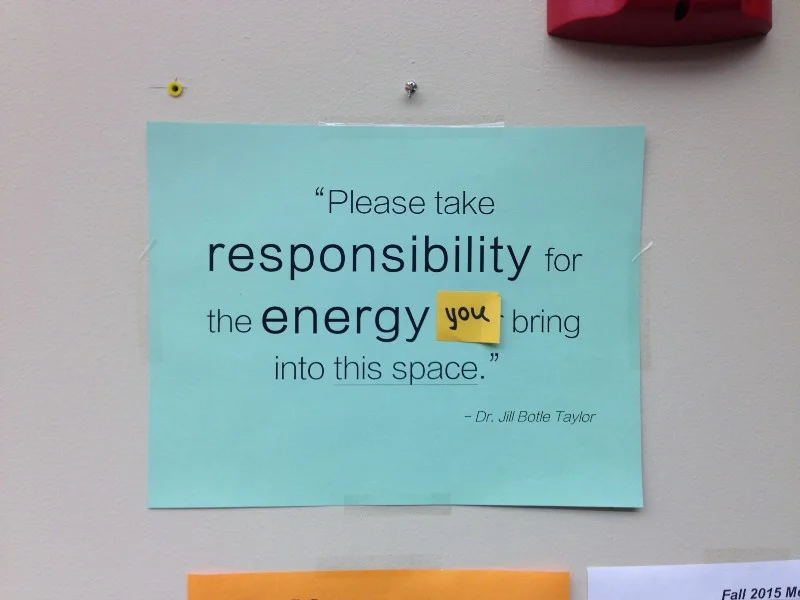They converted multiple paid subscriptions and 83% of people said they wanted to receive more texts from the Inquirer.
Read MoreHow the Seattle Times used text messaging as part of a multi-platform strategy to increase subscribers.
Read MoreWhat's your loyalty-building strategy? What platforms are you using? How are you measuring success?
These questions are a part of a process that's often spearheaded by technology. The platform creates the channel and you cultivate it. And what we’ve learned from our customers is that GroundSource isn’t a messaging provider. It’s a place to bring folks you want to build loyalty with. Both their loyalty to you but, more critically, your loyalty to them.
That's because loyalty is about supporting one another. And if your organization is really listening, you don't need to feel unsure about asking your community to support you through continued participation or financial contribution.
What we don't measure matters.
When the 10 phone lines fill up on a radio call-in show, there's nothing measuring how many people are impacted by the topic waiting in line behind those 10 callers. Local TV news relies on total viewership ratings, missing information about how many of their viewers are actually engaged. Podcasts track listeners and subscribers, but how might they begin to track potential paying members?
What role do those gaps play in these organizations' engagement cycles and how could filling those gaps lead to more sustainable and effective organizations?
Read MoreJust because newsrooms go to GroundSource to help them engage their most valued communities doesn’t mean we know everything about engagement. In fact, it’s often our customers and peers leading us – not the other way around.
This list of 15 ways to use GroundSource (and counting) is made up of project templates we’ve seen pioneered by our customers and partners.
Read MoreAnything worth doing is worth doing poorly. That doesn’t mean you have to fail at what you’re doing, but that you don’t necessarily need to land a moonshot. Because what is between those two extremes is vital to your long-term success: learning.
You can’t learn something unless you try it. And it requires courage to try something new. And that’s what we want to ask you to do today: be courageous; try something new.
What’s there for journalists to learn from emergency medicine? Quite a lot actually. By setting standards of care, asking the right questions, and communicating about the process, journalists can ease suffering and create a sense of safety for the communities they serve.
Read MoreIf you’re in the US, the postal service’s direct mail marketing is a great way to target a geographic community for engagement. We learned about this approach was introduced from Michelle Ferrier at The School of Journalism & Graphic Communication at Florida A&M University. Their direct mail survey of the needs of residents in a community in southeastern Ohio had a 7% response rate and created an opportunity for other newsroom to replicate the approach.
Read MoreAcross the US and Canada, news organizations are launching marijuana verticals to cover this “new, legitimate industry.” Focused on macroeconomics trends with $999 subscriptions and behind hard paywalls, they are ignoring the cannabis communities that have been there all along, suffering imprisonment, violence, and addiction under prohibition of a drug less dangerous than alcohol.
That doesn’t mean that news organizations shouldn’t launch verticals that provide news and information to emerging businesses and markets. It just means that — as always — news organizations need to be conscious of who they have systemically ignored and move to center their reporting around those communities when the opportunity arises.
Read MoreAs more engagement initiatives crop up at newsrooms around the world, the challenge has turned to making engagement part of the day-to-day work of newsrooms—and making a clear linkage between more deeply engaged audiences and communities, and more financially successful newsrooms.
Read MoreUntil recently, news organizations have not been overwhelmingly forced to reckon with how they reproduce existing dominant power relations, the thing that makes spaces less safe.
That includes considering the language they use (undocumented immigrant instead of illegal immigrant) or their points of reference (the view from nowhere or white heteronormative male points of view). The standard operating procedure for news organizations was to use people’s lives to produce content without any concern for the people whose lives they were touching.
A new report found that distrust of the media stems from that. What news organizations report and how they do it gives them undue and unchecked influence over the communities consuming or being featured in the news.
Read More














